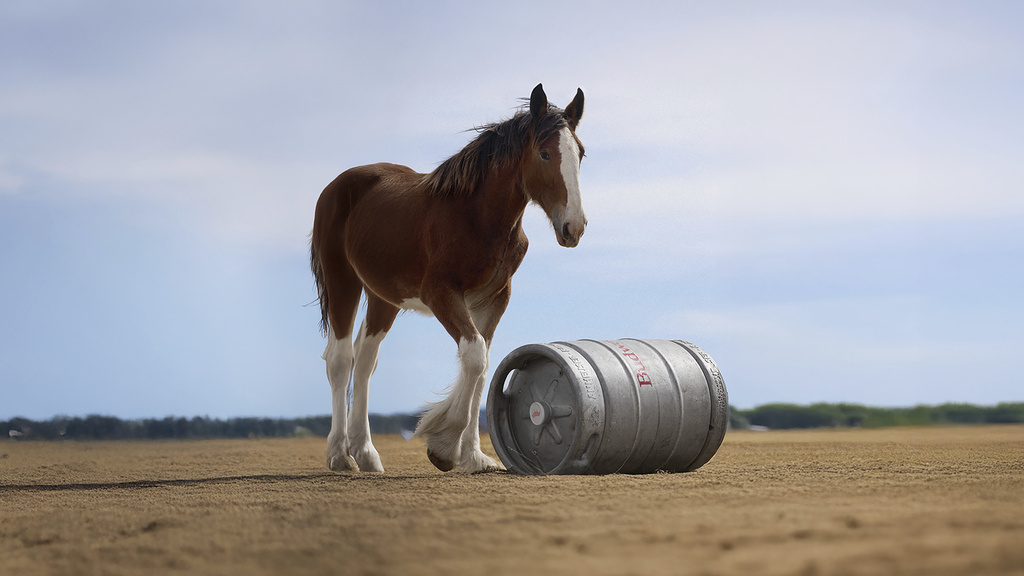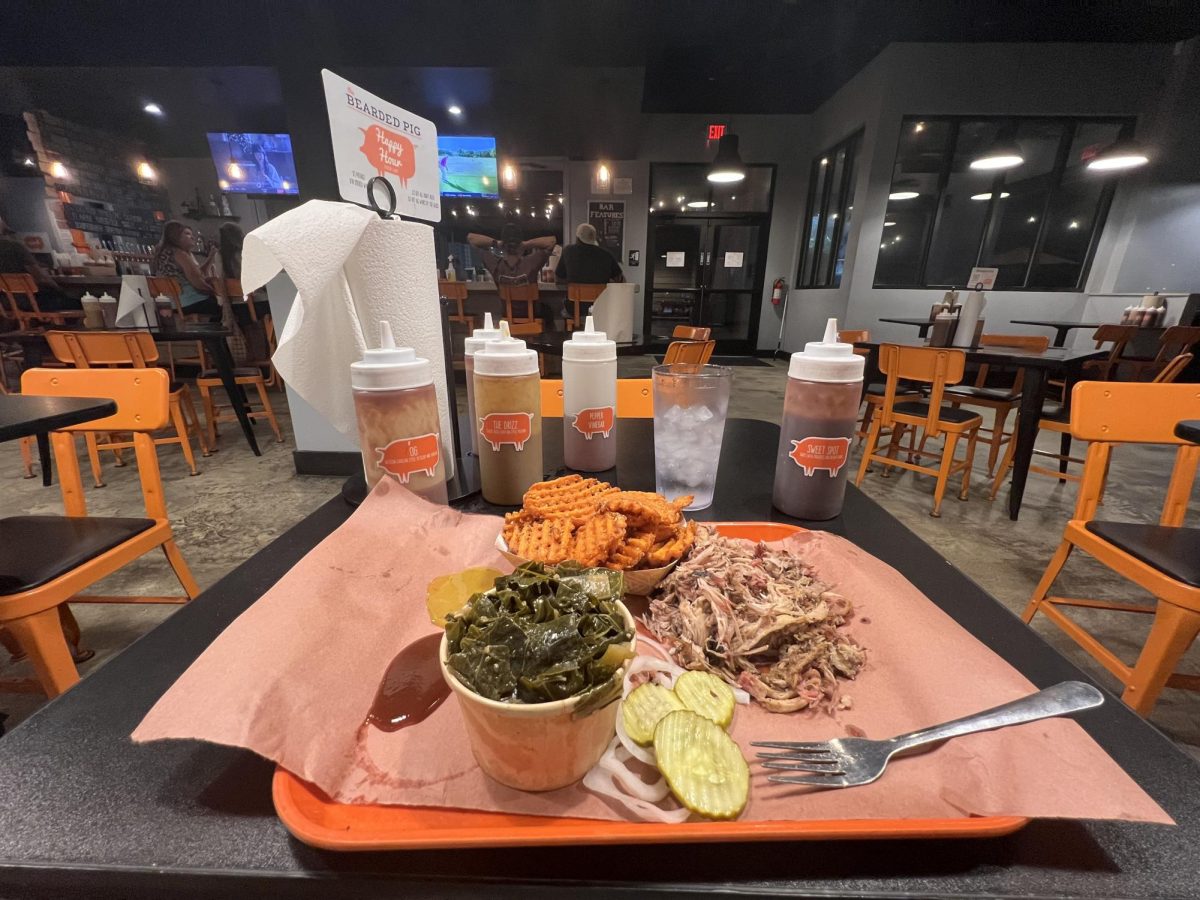From “Bride and Prejudice” in 2004 to films like “Black Panther” and “Crazy Rich Asians” in 2018, movies have come a long way in representing minorities and bringing diversity to the forefront of the American film industry.
The romantic comedy film “Crazy Rich Asians” tells the story of a Chinese American Girl who flies to Singapore to meet her boyfriend’s family. After finding that he comes from a high-class background, she struggles to gain the family’s support of their relationship.
According to Forbes, the film reached $170 million in domestic income after 57 days of release. Although it wasn’t a big hit overseas, the film hit home to many Asian Americans in the U.S. who have longed to see more representation of Asian culture in Hollywood film.
While it was a hit across the board, not everyone thought the movie lived up to expectations. In fact, some thought the film was superficial and missed important details in regards to the true culture and lifestyle found in the city of Singapore—which is the setting of the film.
UNF Film Professor Nicholas de Villiers says that a common stereotype in the film is that Singaporeans are very wealthy, which builds a class tension throughout the movie.
“The film’s producers are well-versed in American racial politics and white dominance but don’t seem to have realized that, in the Singaporean context of power and privilege, Chinese Singaporeans—especially the super rich ones—are the ‘white people’ here,” Journalist Kirsten Han said.
But why is “Crazy Rich Asians” still important?
Hollywood is infamous for casting popular white actors as other ethnicities, which has raised questions and concerns about cultural appropriation. This can be seen in films like “Ghost in a Shell” or “Breakfast at Tiffany’s,” in which Japanese characters are played by white actors (Mickey Rooney and Scarlett Johansson).
It is also rare that a minority is cast as a leading role. According to the Social Sciences Department at UCLA, 668 white males and 388 white females were cast in the top films from 2016. Only 169 Black, 37 Latino, 42 Asian, 41 mixed and 7 Native actors were cast in top films in 2016. That’s a total of 296 minorities, which is way less than the numbers of white men and women alone.
There is no doubt that minorities are severely underrepresented in Hollywood.
But, “Crazy Rich Asians” differs from recent films in that its all-Asian casting proves there is no need to conform to American standards in order to create a successful box office movie.
“I think the movie is definitely a huge step in Asian representation in Hollywood films. It shows we are capable of defeating the stereotypes, and it’s nice that they reference some of the struggles Asian Americans go through, but there’s still a long a way to go in terms of getting the type of representation we want and the type of storylines that we put out there, not just on the small percentage of Asians that live that kind of lifestyle,” said Bianca Rentoy, a biology major who identifies within the Asian culture.
Supporting this, de Villiers also stressed the long-lasting importance of the film and the impact it has had on a more personal level to some Americans.
“I think people were championing ‘Crazy Rich Asians’ because of the idea of an Asian cast, a film that can do great box office and that it’s also a genre film because the whole film isn’t just about being Asian, per say, but it’s also a romantic comedy that follows the formula of a rom-com,” he explained. “So, it’s like ‘Finally we have a rom-com that Asians Americans can watch and be represented.’”
—
For more information or news tips, or if you see an error in this story or have any compliments or concerns, contact editor@unfspinnaker.com.
















